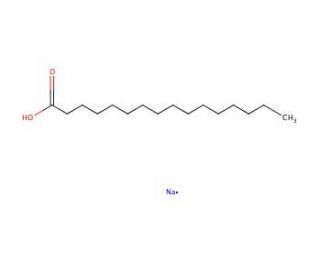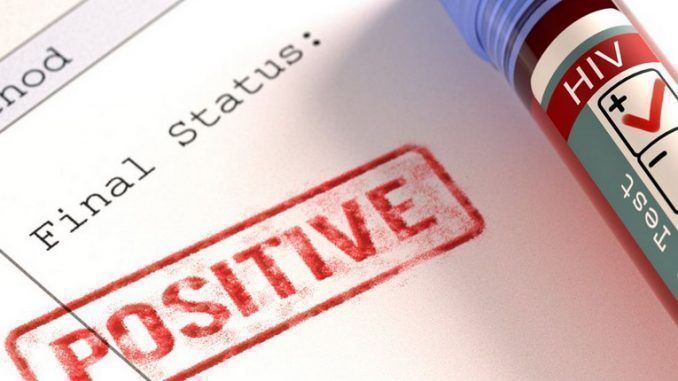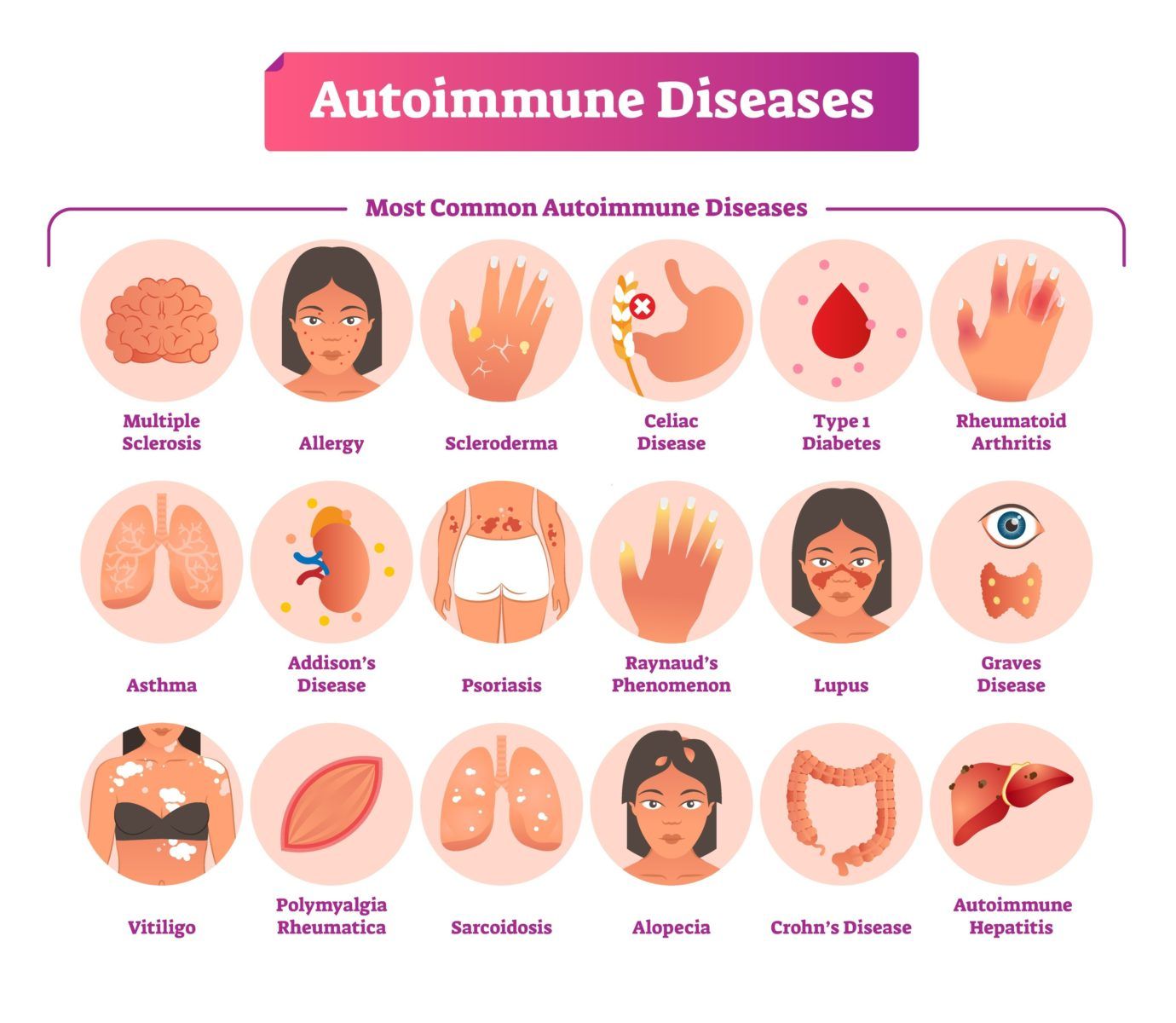Schizophrenia: now available in Italy, the first therapy of 4 administrations per year
AIFA’s reimbursability decree for quarterly paliperidone palmitate published in the Official Gazette: for the first time, with only 4 administrations per year, increasingly concrete for patients the dream of a free life and the possibility of a rehabilitation pathway.
LAI drugs – Long Acting Injectables – have helped modify antipsychotic therapy by paving the way for liberation from the thought of the illness and relapses that cage the patient, relapses that affect most people with schizophrenia.
The new quarterly therapy is the result of a commitment to research & development of Janssen, a pharmaceutical company of Johnson & Johnson, with a history in psychiatry spanning more than 60 years.
Their big dream is freedom. Freedom to organize their time, to imagine a future, to start new projects. But in daily reality, patients with schizophrenia and psychotic illness live mostly with the burden of therapy that must never be skipped to avoid a relapse, a new psychotic episode that results in hospitalization and brings down with a huff the painstakingly rebuilt castle of life.
In recent years, however, the treatment of psychosis has changed thanks to the advent of LAIs – Long Acting Injectables, long-acting drugs, which allow longer administration intervals than oral drugs and thanks to which the patient is no longer conditioned by daily intake of therapy. The novelty, now available in Italy with the publication of the reimbursability decree in the Official Gazette, is paliperidone palmitate quarterly, the first antipsychotic therapy of 4 administrations per year.
“Today, the outlook and horizon for patients is significantly broadened with the arrival of the first quarterly paliperidone palmitate therapy,” explains Andrea Fagiolini, Full Professor of Psychiatry, University of Siena, Italy, “a dosing limited to only 4 times a year, a real ‘breath of fresh air’ for patients and physicians themselves, who are increasingly free from the thought of therapy, non-adherence and possible relapse. With the new quarterly therapy, the antipsychotic drug-free period triples that of the already available LAIs and multiplies by as much as 90 times that of oral therapies, while providing at least an equivalent capacity in keeping the patient relapse-free and thus opening up a greater opportunity for planning, recovering social dynamics, and rebuilding emotional ties.”.
Schizophrenia involves enormous suffering: the distortion of perception impairs a person’s mental capacity and sense of individuality, his or her affective response and ability to recognize reality, communicate and relate to others. “Quarterly therapy is a step forward not only for quality of life but also clinically, because adherence to treatment, facilitated by a therapy of 4 administrations per year, can decrease the relapse rate, as shown by clinical studies done. And this is especially true if treatment is started promptly after diagnosis,” says Andrea Fagiolini, “Each new psychotic episode in fact increases the risk of subsequent episodes, and relapses are the main problem in the management of psychotic illness, occurring in the vast majority of patients. Instituting appropriate therapy early can improve disease management and decrease relapse rates: the symptoms of schizophrenia can be curbed from the time of diagnosis by increasingly effective and manageable therapies such as LAIs, which are currently being used early in the treatment course to increase patients’ chances of a normal life”.
Quarterly paliperidone palmitate is now also available in Italy, after being approved by the European Commission in May 2016 for the treatment of schizophrenia in adult patients in a clinically stable condition with monthly administration paliperidone palmitate. Cost-effectiveness pharmacoeconomic model demonstrates that quarterly paliperidone palmitate results in improved quality of life, in terms of relapse, adverse events, and patient preference.
The development of quarterly paliperidone palmitate is just the latest step in the 60 years in psychiatry by Janssen, Johnson’s pharmaceutical company & Johnson: a history of research & development for mental illness that began in 1953 when its founder, Dr. Paul Janssen, who later passed away in 2003, began working on mental disorders and, specifically, schizophrenia. Today, Janssen establishes itself as one of the leading companies active in this field: in fact, in its Research Centers, it works with the goal of identifying new targets for certain mental disorders such as depression, insomnia, and schizophrenia. Another important mission of the company is to combine the therapeutic efficacy of its drugs with the rehabilitation and reintegration of patients into society.
“This new therapy is the result of the company’s ongoing commitment to research and development, with the goal of offering solutions that make life better for patients. We have never stopped, for the past 60 years, in pursuing progressive improvement that, step by step and year by year, leads to concrete results. The mental health area is a clear example of this: at the point where we started there was a situation where these patients were isolated and locked up in asylums, now we have come to talk about 4 times a year therapy. Janssen has played a central role in this revolution,” commented Massimo Scaccabarozzi, president and CEO Janssen Italy. “Paliperidone palmitate quarterly injection has the potential to result in cost savings for the facility using it.
This is because the monthly cost of therapy remains unchanged: this innovation will not result in any additional cost to the Health System, with the added benefit of being able to generate savings through reduced costs related to patient management, with a lower risk of relapse”.
Schizophrenia is one of the most complex and least understood psychiatric disorders, and is generally defined as a chronic and debilitating condition, due to the progressive functional impairment, linked to the disease, which has a severe impact cognitively, affectively, and socially; however, some people with schizophrenia manage to maintain a good level of functioning, retain their jobs, and have good family and social relationships.
“According to WHO estimates, more than 21 million people worldwide suffer from schizophrenia; in Italy there are about 300.000, according to a study conducted in collaboration with the University of Tor Vergata.
It should be kept in mind that people with schizophrenia have a mortality rate more than twice that of the general population, commented Alberto Siracusano, Full Professor of Psychiatry University of Rome Tor Vergata, Director U.O.C. Psychiatry and Clinical Psychology Fondazione Policlinico Tor Vergata and Director of the Department of Neuroscience Fondazione Policlinico Tor Vergata – Schizophrenia in our country has a strong economic impact: the total cost generated by direct and indirect costs is about 2.7 billion euros. Of these, about 50.5 percent, are indirect costs, not directly attributable to the disease, while only the remaining 49.5 percent are generated by direct costs, namely the costs of hospitalization (including residency and home care), drug therapy, and other treatments. Interestingly, among the direct costs, drug treatment weighs only 10 percent, while hospitalization, residential and home care costs account for about 80 percent.”.
The marketing authorization for paliperidone palmitate quarterly injection is based on two Phase III studies. The first was a randomized, multicenter, double-blind, placebo-controlled trial of relapse prevention in more than 500 people with schizophrenia. The second was a randomized, multicenter, double-blind clinical trial comparing the efficacy and safety of paliperidone palmitate quarterly injection versus monthly administration.
Paliperidone palmitate quarterly injection has been shown to be as effective as the respective monthly formulation in preventing relapse and has not been associated with new or unexpected safety signals.
As with all other drugs, some patients may report side effects. The most frequently observed side effects reported in ≥5% of patients in the two double-blind controlled trials of paliperidone palmitate quarterly injection were: weight gain, respiratory tract infections, anxiety, headache, insomnia, and injection site reaction.
Approval by the European Commission in May 2016 and followed a positive opinion recommending approval of paliperidone palmitate quarterly injection by the Committee for Medicinal Products for Human Use (CHMP) of the European Medicines Agency (EMA) in April 2016. This approval allows paliperidone palmitate to be marketed for quarterly injection in all 28 member states of the European Union as well as the countries of the European Economic Area (Norway, Iceland and Liechtenstein).


